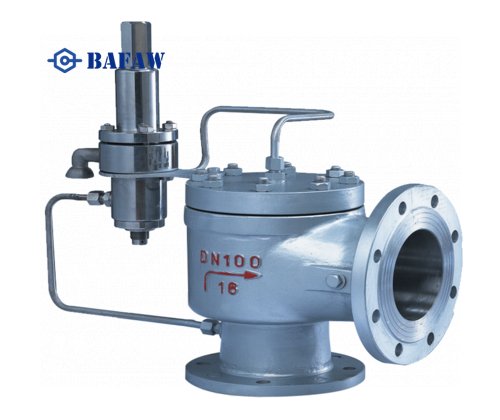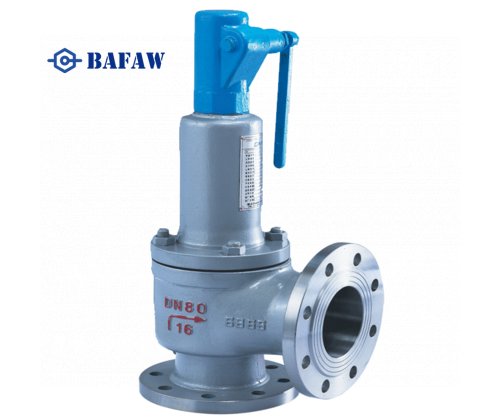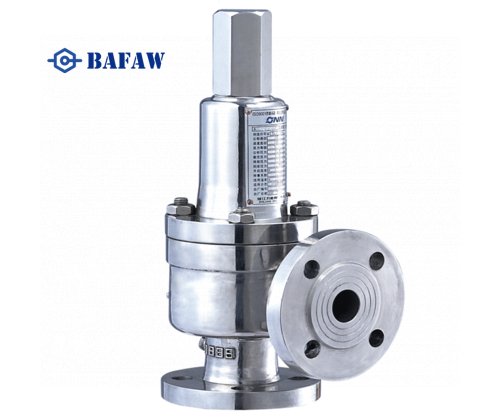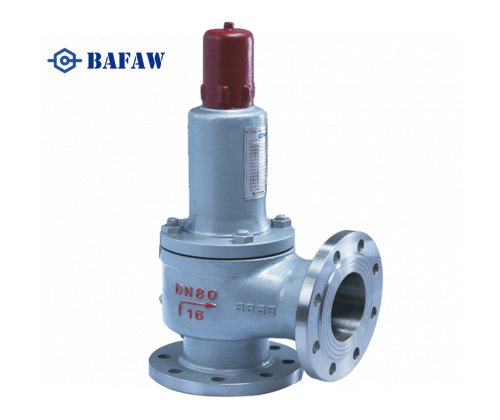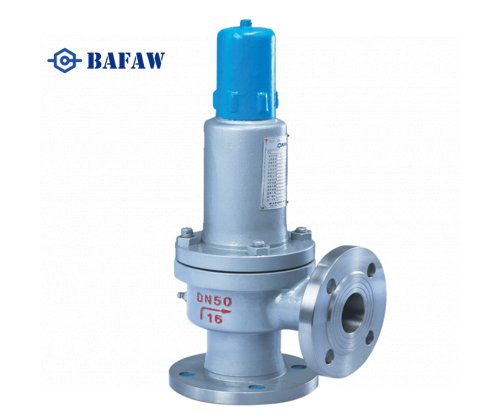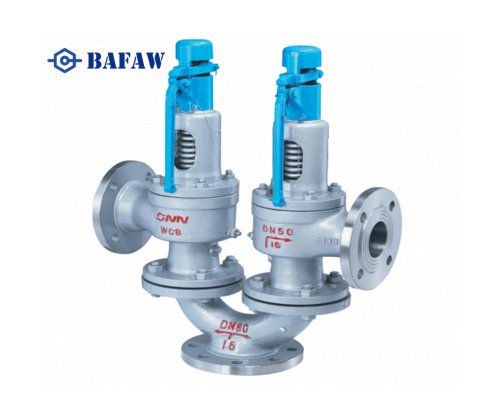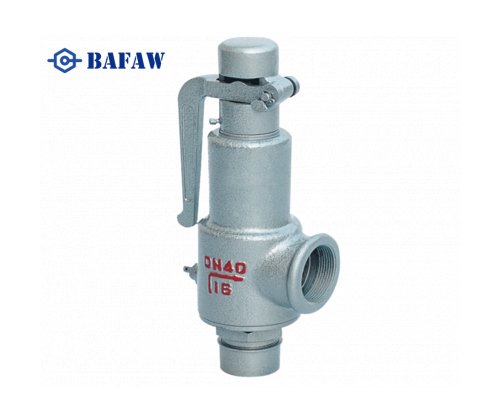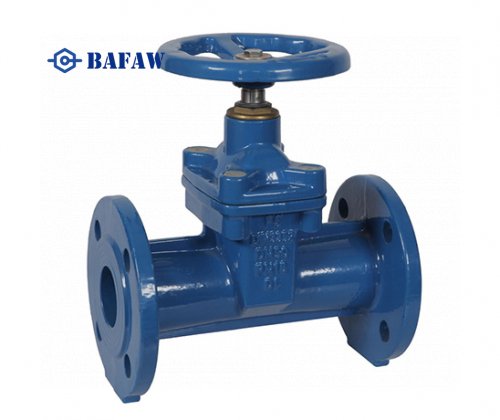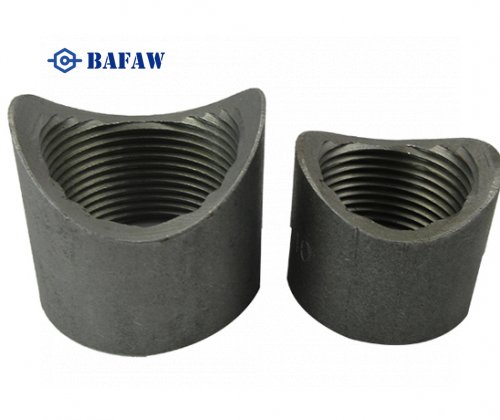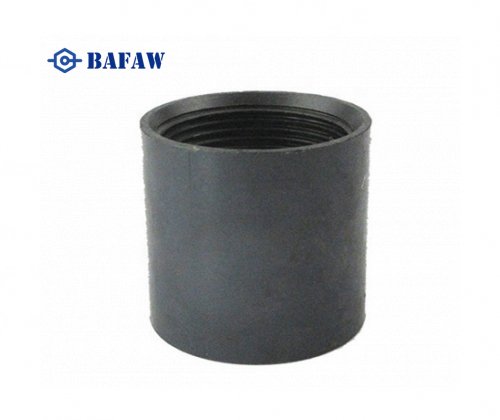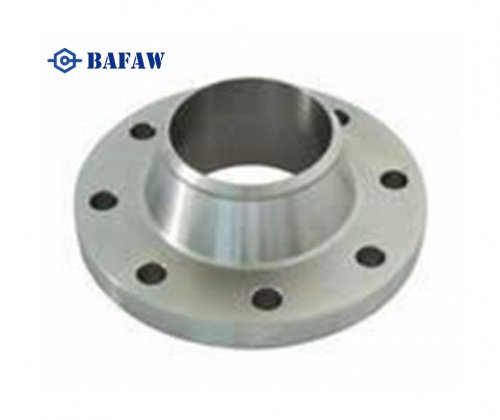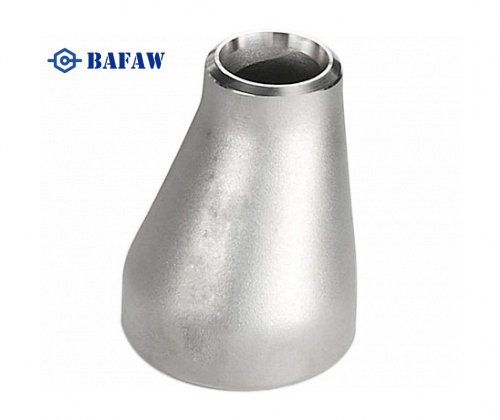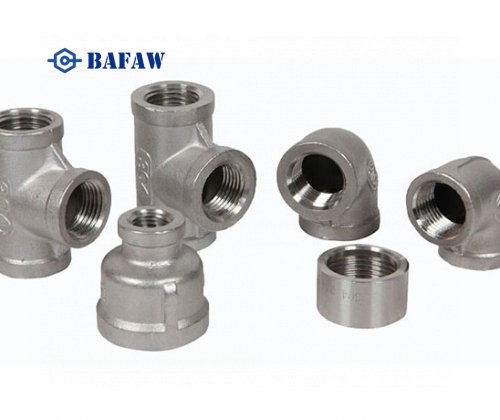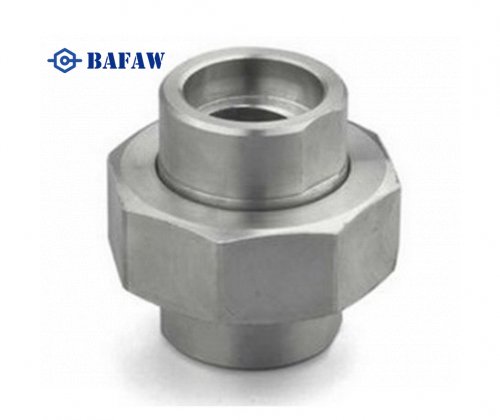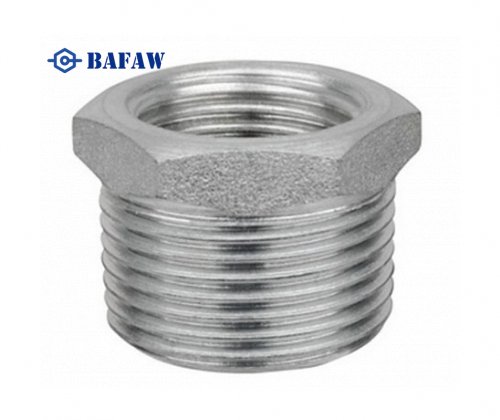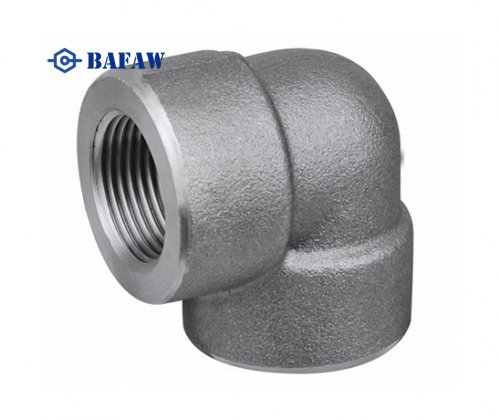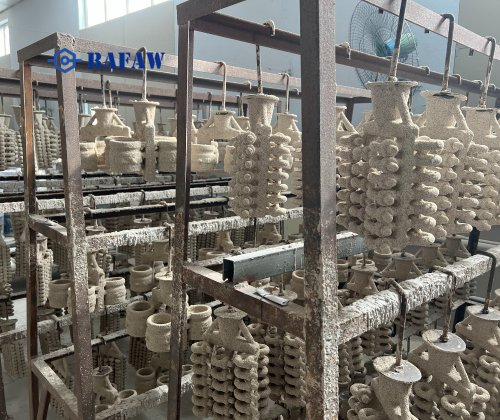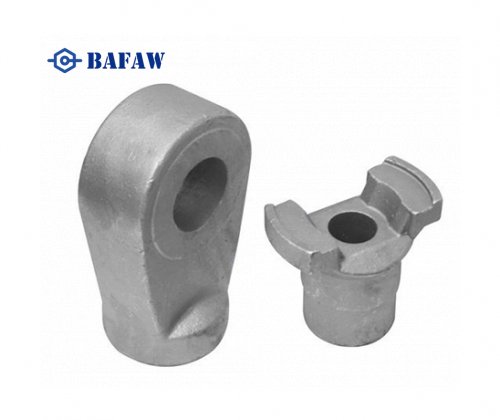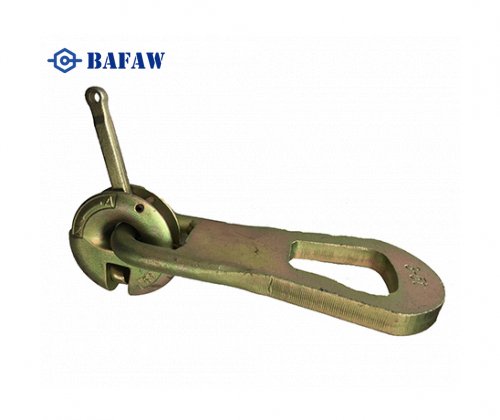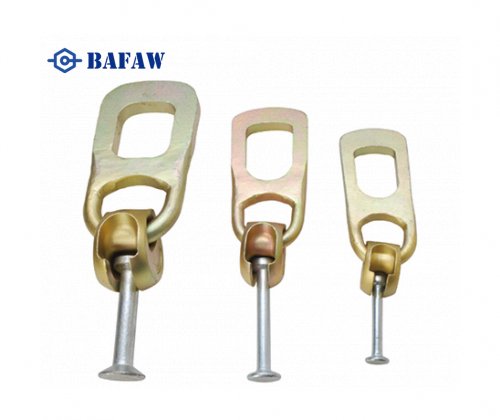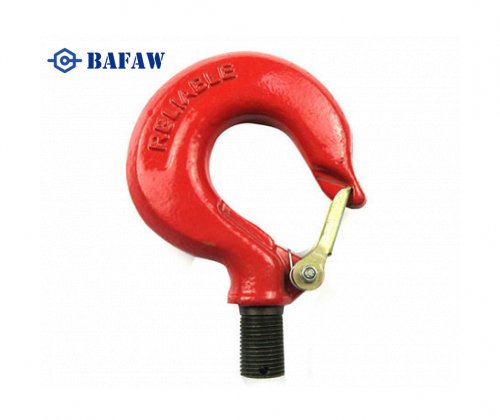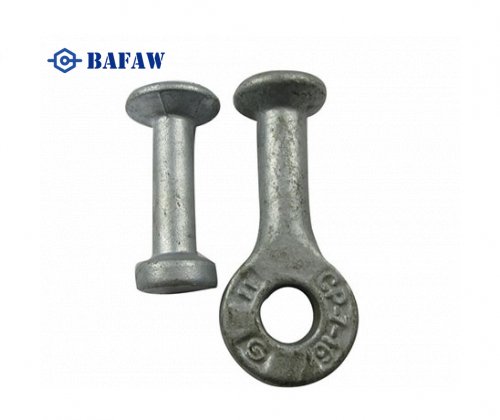Non-return valves are an unsung hero of our built environment, making an important impact everywhere from drinking water systems to chemical manufacturing. They prevent flow from reversing direction, protect pipelines, and maintain pressure. Proper valve care will help maintain peak performance and longevity of these valves.
Follow these tips and tricks and you’ll get the most out of your valves! Basic maintenance, such as regular inspection and cleaning, can allow some valves to perform for more than a decade. Operate it within its rated limits — don’t run it above 80°C — and you’ll reap the rewards.
Common Failure Modes to Watch
Common failure modes Non-return valve failure modes are relatively few and well known. Typical failure modes are seal wear, spring fatigue, clogging from debris, or chemical attack on valve components. If a seal becomes soft and excessively stretched due to excess heat, it can eventually fail to seal and begin leaking.
If a spring weakens the valve can’t seal properly. Inadequate process control or strange system sounds can be indicative of valve issues. Keeping a watchful eye on valve health is key.
Leaks at the valve seat or body
Odd sounds (like chattering or banging)
Slow response to flow changes
Drop in system pressure
Recognize Early Warning Signs
The first indications that a valve is failing usually present themselves in the form of minor leaks, sluggish operation or unusual sounds. If there is any loss of system pressure or valve control, it should be investigated. Catching these early can prevent costly damages and larger issues.
Checklist:
Proactive Maintenance Strategies
Simple procedures—such as periodic cleaning, replacement of old seals, inspection of internal springs—help maximize valve longevity. Schedule inspections or maintenance during off-peak periods to minimize service interruptions.
Keep pneumatic valves clear; dry air is essential for pneumatic valves. Replace components, not the entire valve.

When to Seek Alternatives
Non-return valves (NRVs) are a common solution for fluid systems, but they’re not always the best option. Each system has different requirements. Selecting the incorrect valve means not only bad flow control, but potential leaks and system failure as well!
Understanding when NRVs are insufficient is crucial to maintaining a safe and efficient operation. Here’s a closer look at when it’s worth it to consider alternatives. We’ll cover what to look for in a valve before you buy, plus how to pair the right valve to your system.
Situations Where NRVs Fall Short
For instance, they perform poorly in low-pressure or low-flow systems. In these situations, a check valve may fail to open or close properly. High-temperature or high-pressure operations may exceed a typical NRV.
In these types of instances, the decision to select a higher strength or higher performance valve is a no brainer. Equipment typically installed and operated in an HVAC or water treatment plant environment can also present challenges.
In those situations, silent check valves can be more effective. When you need high precision, like in analytical instrumentation or infusion pumps, look to a piston check valve. That is, unless you decide to make a different, smarter choice!
Industries such as oil and gas, food processing, and power plants typically need these alternatives. They can’t, because they have to meet rigorous safety and sanitation standards!
Factors Guiding Alternative Choices
A few points help guide the search for alternatives. These include the type of fluid (is it thick, does it have solids?), system design, cost, and ease of upkeep.
Complex piping or high maintenance needs may call for swing or dual-disc check valves. Here’s a checklist for assessing your options:
Fluid type and debris content
Pressure and temperature range
Noise and vibration level
Control and precision needs
Maintenance access
Understanding System-Specific Needs
Each arrangement will have different flow rate, pressure drop, and footprint constraints. Consulting with engineers or other specialists can aid in identifying the most appropriate option.
Ask these questions:
What is the normal flow and pressure?
Are there risks from high backflow?
How easy is access for upkeep?
What are the noise or vibration limits?
Does the system need fine flow control?
Conclusion
Non-return valves are an essential component in many systems. These devices prevent water, air or gas from flowing back, ensuring that it continues flowing in a single direction. Simple in design but mighty in function, these valves are crucial in preventing leaks and cross-connections in pipes. Choosing the proper type involves considering flow, size, and the requirements of the application. Valves are an invisible necessity, appearing in residences, hospitals, and industrial facilities. They can be made to last two or more decades with proper maintenance and emergency repairs. Other arrangements may be better suited for strange tasks, though often, a non-return valve is just the thing. In order to realize more value from your system, continue to educate yourself and others. What do you use that works? Share your own tips or ask what others use in the comments. Every little tip you pick up will make it possible for you to do your job more efficiently and safely.

Frequently Asked Questions
What is a non-return valve?
A non-return valve is designed to allow fluid to flow in only one direction. It prevents backflow, guarding downstream equipment and ensuring the efficiency of the system as a whole.
Where are non-return valves commonly used?
Non-return valves are commonly used in water, gas, and chemical applications. From residential homes, to industrial factories, civic centers, and municipal pumping stations, these valves are ubiquitous across the world.
What are the main types of non-return valves?
What are the main types of non-return valves? Each one is appropriate for various flow rates and installation requirements.
How do I choose the right non-return valve?
Select materials according to fluid media, pressures, temperatures, and requirements of the system. For more complicated systems, speak with an expert to ensure you’re choosing the right valve for your needs.
How can I maintain a non-return valve?
Inspect monthly It’s important to periodically inspect your non-return valve for leaks or clogs. Add valve cleaning and inspection to regular system maintenance practices for increased longevity.
What are the benefits of using non-return valves?
By eliminating backflow within piping networks, they prevent costly contamination, cuts maintenance costs, and combat erosion that can damage expensive equipment.
When should I consider alternatives to non-return valves?
If your system needs accurate flow regulation, look at other options. Furthermore, consider alternatives if pressures are insufficient for normal non-return valves to function consistently.

















